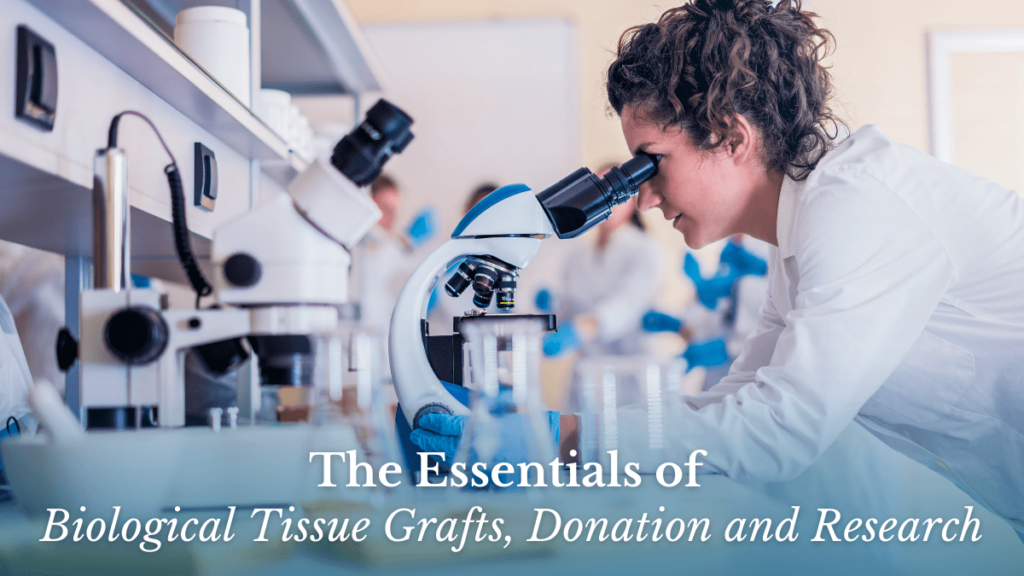“Tissue” is a general term used to describe the many types of biological matter that compose our bodies – cartilage, tendon, nerve, bone and muscle among others. Sometimes, a patient needs new tissue to replace and rebuild from injuries or destructive illness. Tissue donation is an invaluable part of this process. Understanding how tissue donation happens and how it benefits others can aid a person in their choice to register as a donor.
Tissue grafts make reconstructive, reparative and replacement surgeries possible for patients with a variety of mild to severe health problems. Other forms of donation assist researchers who conduct experiments to improve medicine. Washington University School of Medicine includes surgeons, departments and labs that implement biological tissue in their surgical or research programs.
Biological Tissue Grafts
“Biological grafts” or “tissue grafts” are pieces of clinically processed tissue removed from a living or once living organism and surgically introduced to a patient’s site of injury or damage. An example of a reconstructive or reparative site may be a ligament damaged through a sports-related injury or an injured limb in which bone is not healing correctly. A replacement will occur when a tissue has stopped functioning, such as when a heart valve weakens and fails to properly pump blood.
Tissue grafts are different from synthetic grafts that may be implemented to help patients heal from similar conditions. Synthetic grafts are composed of non-tissue materials that are biocompatible and allow tissue to grow around them to facilitate healing. In comparison, tissue grafts originate from different types of organic material, including bone, tendons, skin, nerves, heart valves and cartilage.
Tissue grafts come from different sources, and the composition inherent to these groups directs how they are used surgically. The three general types of tissue grafts include:
- Allografts: Tissue donated from one person to use for reconstruction or replacement in another person, most often through the tissue donation process.
- Autografts: Tissue removed from one location of the patient’s body and transplanted in another.
- Xenografts: Tissue acquired from a non-human source, usually a pig or cow.
Focusing on allograft tissues, these grafts undergo rigorous screening, processing and testing to limit the possibility of disease transmission. They are used by surgeons in procedures when autografts and xenografts are not appropriate or when patients have expressed preference for this option over others. Allograft tissues are obtained from licensed tissue banks or OPOs (organ procurement organizations) after a registered donor has died.
Allograft Tissue Donation and Advocacy
The tissue donation process begins with the registration of the donor to the National Donate Life Registry. This registration usually occurs when the individual indicates they wish to be an organ donor, a choice visible on their driver’s license. Consent to being a tissue donor may not be explicitly stated but instead carries over from consent to being an organ donor. Registered donors can also find and edit their donation preferences on the national registry to include or exclude certain tissue donations they wish to make upon their death.
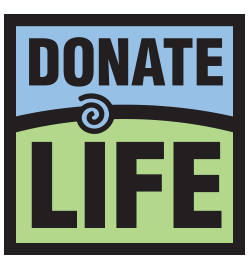
When a potential tissue donor dies, multiple organizations are involved to assess their eligibility for donation. The tissue bank service will consult with medical staff, clinical documents and family members to determine if donation will be possible based on the overall health of the potential donor. Further consultation will occur with relevant personnel, such as a coroner or medical examiner, if the death is being investigated legally. Once donation has been confirmed by the tissue bank and the graft-processing group they work with, a team is assembled to recover tissue from the donor and safely package it for shipment to the graft-processing facility.
Although the public is generally aware of organ donation, most are not as familiar with tissue donation. It is an important factor in end-of-life planning that should be discussed in a formal, intentional way. Family members have the final say over whether their loved one will or will not be a donor, even if the person has indicated otherwise. Individuals must make their own decision about becoming a donor, but it is essential to communicate this choice to family members. By advocating these decisions with loved ones, a person assures their final wishes about donation will be supported by the family they leave behind.
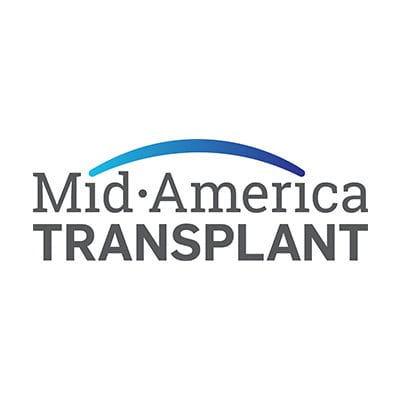
Hospitals are integrally involved in the donation process, as they are the site of most tissue recoveries. Mid-America Transplant is the tissue bank that works closely with Washington University to facilitate donation for donors and future recipients. Their work within the community helps educate the public on what it means to donate and how this process benefits those in need of reconstructive or replacement procedures.
Patient Benefits of Donated Allografts
There are many reasons to register as a tissue donor. Every year, it’s estimated that one in twenty Americans will need a tissue graft. An organ donor can save up to eight lives, while one tissue donor can benefit as many as 75 others. People of all ages and even those with medical conditions can be donors. Tissue grafts can be stored for future use and have a lower potential to cause infection among recipient patients. Donated tissue such as bone or tendons can dramatically improve a recipient’s quality of life when they suffer from an injury or tissue damage. In other cases, heart valves or skin can be the difference between life and death for a recipient, as in the case of severe burn victims.
Examples of the procedures using donor allografts include:
- Bone grafts to promote healing and prevent amputation after an injury
- Skin used to heal burn victims and protect them from infection
- Veins to improve blood circulation
- Heart valves to repair various cardiac defects
- Ligaments or tendons to restore mobility
- Donated corneas (a related donation registry) to return sight to the visually impaired
WashU Biological Graft Surgery and Research
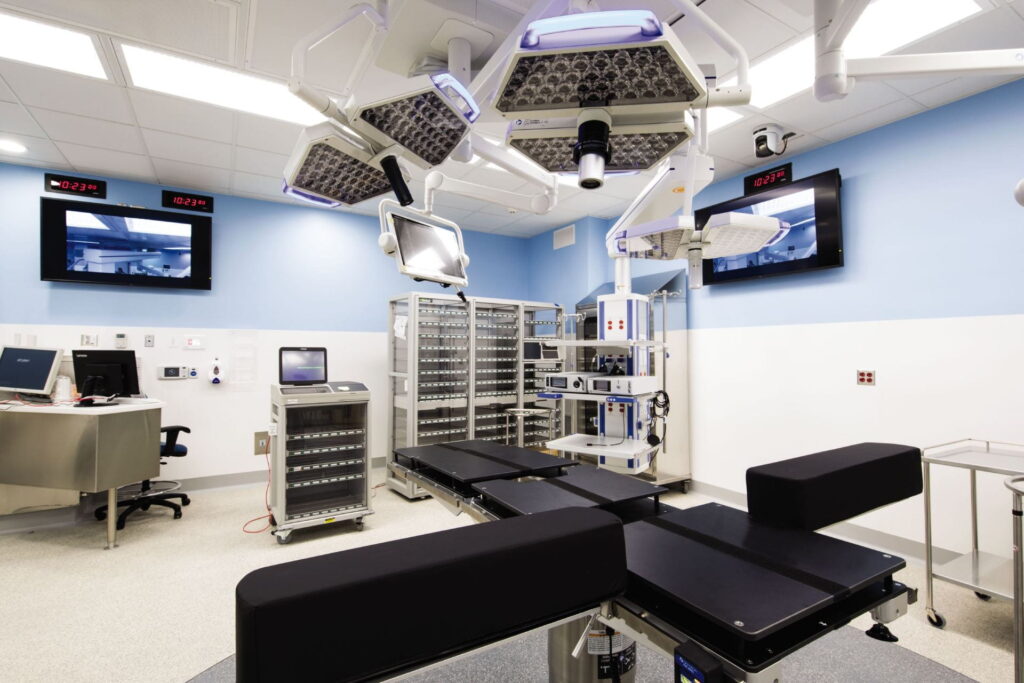
Surgeries at Washington University involve different types of biological tissue grafts, including autografts and allografts. Anterior cruciate ligament (ACL) reconstruction involves an autograft from the patient’s patellar tendon or hamstring tendon. Nerve allografts are used to manage nerve injuries with gaps. Osteochondral grafts of both origins replace articular cartilage to repair joints. Valve repair or replacement improves the ability of the heart to pump blood, and this procedure may be achieved with an allograft or xenograft. All surgeries involving biological tissue grafts benefit the patient health by enhancing mobility, relieving pain or improving overall body function.
Medical research is also made possible with the gift of tissue donation. Washington University’s Vascular Surgery BioBank is one project in the Zayed lab, directed by decorated vascular surgeon, Dr. Mohamed Zayed. This program collects arterial and venous specimens from consented patients to be used in clinical scientific research. While these samples are not grafts, they are acquired through means similar to those in tissue donation and will be part of a process to improve the lives of patients.
The initiative of the “biobank” aims to provide researchers with easy access to sample specimens while maintaining high ethical standards. With access to these samples, researchers from various specialties can conduct projects to better understand vascular diseases.
Aims of the VS-BB are:
- To develop a human vascular tissue and plasma/serum biobank.
- To maintain a centralized database of clinical health data.
- To isolate cells, protein, DNA and RNA from provided specimens.
Research coming from the Zayed lab and its biobank samples will lead to even more improvements for the health of patients benefiting from tissue grafts or other necessary procedures.
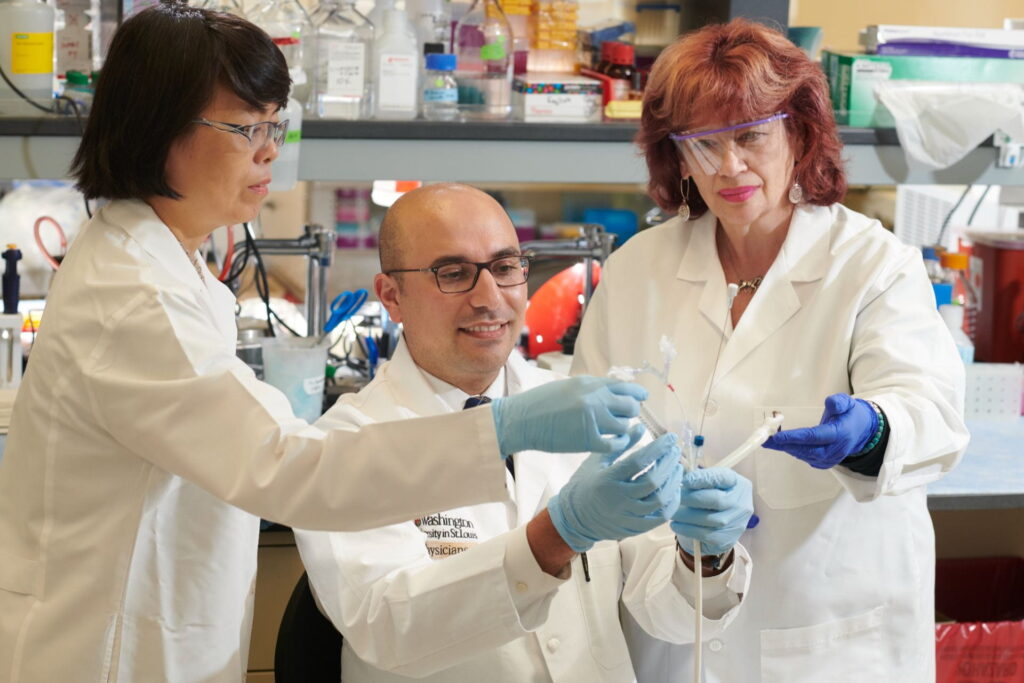
Resources for Potential Donors
To learn more about donation in Missouri, visit the Donate Life Missouri website. For information on the national registry and donation process, visit the Donate Life page.
